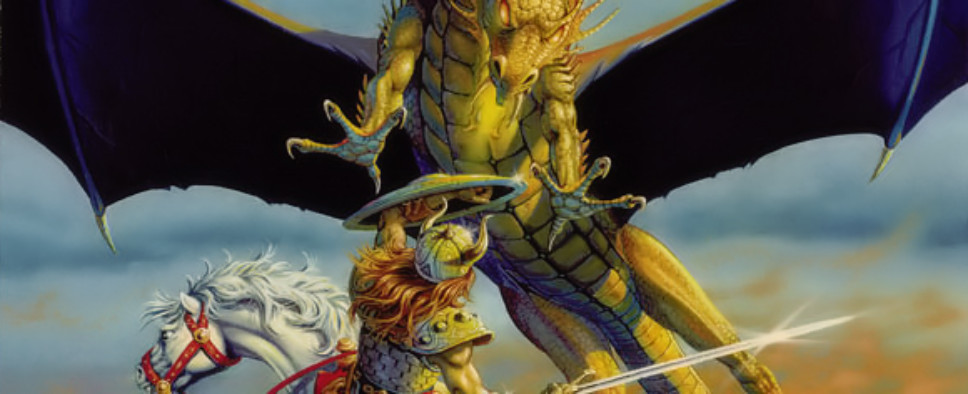Tomb of Horrors Retrospective
-
Category: News ArchiveHits: 1469

Tomb of Horrors, Gary Gygax's infamous Dungeons & Dragons adventure that was initially released back in the 1970s, and over the years killed more than a fair share of adventurers, is the subject of this Eurogamer article that looks back at the adventure's release, content, unforgiving difficulty, and its various iterations throughout the years. An excerpt:
The act of getting into the tomb already poses a considerable challenge. There are three entrances in total, two of them fake and leading to an almost certain death. Tomb of Horrors is full of such choices - only one path turns out to be right, the others mean death. Other than making it seem like the right answer comes down to luck, these sudden deaths are also the focus of much criticism due to the nature of D&D itself. Tomb of Horrors is designed for players of levels 10 to 14. Depending on how often you play and how your DM handles the distribution of experience points, getting a character to this level can take well over a year of play. If included in such a campaign, the Tomb of Horrors swiftly does away with even the most beloved character, leaving players devastated.
However, Tomb of Horrors was originally designed as a tournament module. Players were supposed to make a character for a one-shot, knowing that the goal was to make it as far as possible before dying and then compare your progress and methods with your friends. Like today's D&D PVP arenas, this wasn't about roleplaying so much as knowing that the game could end very quickly for you. Still, unlike battle sessions or PvP war re-enactments, Tomb of Horrors feels like it's supposed to be played with something at stake. After all, we understand the expectation that comes with a certain setup: we don't throw ourselves into every gunfight in a stealth game and we respect the zombie threat in the abandoned mansion because we want to progress and see what's around the next corner. Making it further is a reward in itself, and that doesn't work if I don't care whether my character lives or dies.
In the original booklet, Tomb of Horrors is described as a "thinking person's module". It contains an explicit warning that players "just looking to hack and slay their way through a dungeon will be unhappy", and impresses the importance of making this clear upon the DM. In fact, both players and dungeon masters need to approach this module in a thoughtful way, and this is exactly what makes Tomb of Horrors such an interesting creative exercise. Looking at the module's descriptive texts, hints to the deadly nature of each room in the dungeon are in almost all cases there, but it's up to the DM to deliver them. In the aforementioned false door example, a rumbling noise can warn characters of a collapsing ceiling. Other instances appeal to a player's common sense - if you come across a creepy statue with a mouth wide enough to climb in, maybe don't.

